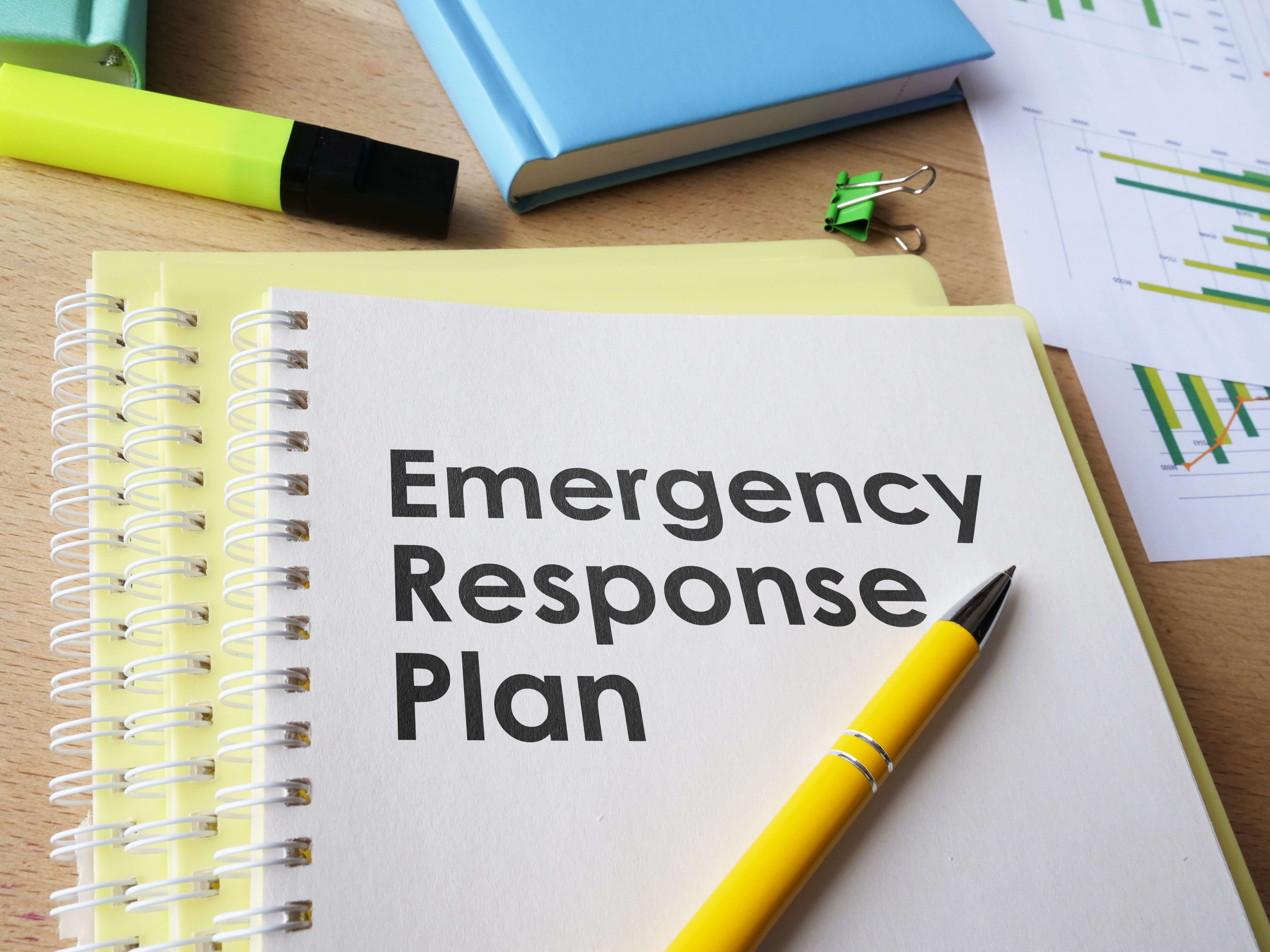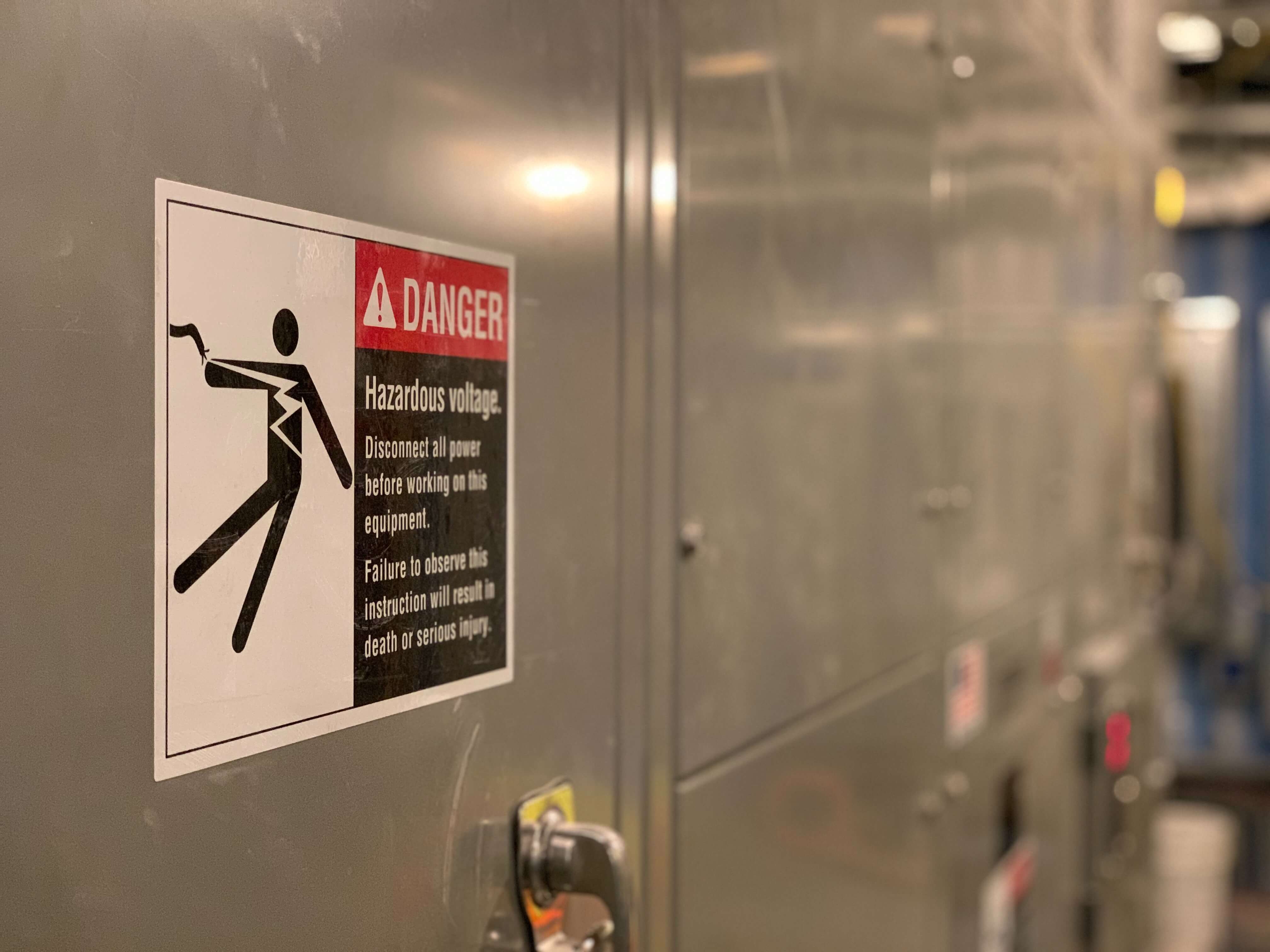Slips, trips and falls remain the highest cause of workplace injuries reported to the HSE—31% of the 565,000 non-fatal injuries reported are attributed to it.
It’s for this reason that good housekeeping should be at the top of your health & safety agenda.
All it takes to reduce these figures is some simple policies and procedures.
Delaying repairs and not taking steps could result in injury
Poor Housekeeping
Human factors
Carrying out certain work activities, such as cleaning or maintenance, pose a greater risk of temporary slips, trips and falling hazards.
However, even with robust training and experience—anyone can slip up. So use physical controls and suitable and sufficient safety systems of working to mitigate risk.
You should always consider vulnerable groups such as children, the elderly and the visually impaired when attempting to mitigate risks.
Young workers, new starters or persons with a limited understanding of English are more at risk of accidents due to a lack of understanding of controls / signage and / or instruction.
Environmental factors
Environmental factors can often significantly affect the likelihood of a slip, trip or fall.
Factors such as (but not limited to):
- Lighting – A poorly lit environment or excessive glare will make it much harder for a person to assess their environment and spot potential hazards
- Noise – Noise can distract and draw an individual’s attention away from localised hazards as they move around
- Weather factors - Snow or leaves in autumn can physically conceal potential hazards on the ground or create hazards themselves
So where do I start?
All employers have a legal duty to assess the risks to their employees and others who may be affected by their operations, such as visitors, contractors and members of the public.
This will help to find out what needs to be done and where to control any risks.
This should be a five step approach:
- Look for housekeeping issues in your workplace - remember to review the whole workplace, including infrequently used areas and any outdoor areas.
- Decide who may be harmed and how – remember to include any vulnerable groups such as the elderly, young workers, or anyone with a disability
- Think about the risk - are mitigations already in place and are they adequate?
- Record your findings - if you don’t record it how do you prove you’ve considered it?
- Review your assessments regularly - If there have been changes to the workplace then the review should ensure that both current precautions and management arrangements are suitable and sufficient or that further controls may be required.
NOTE: Risk assessments should be reviewed at least once annually
An organised approach
A good management approach and robust systems will help identify any deficient areas, help you decide any action points, note when actions have been completed, and check that the steps taken are actually effective.
A good system should include:
- Planning – This will identify key areas and set timely goals for any improvements that may be required. If you fail to plan then you plan to fail
- Organisation – Employees should be involved in all stages of the process, they are your experts.
- Control – Regular checks should be made to ensure working practice and process work and are being followed
- Monitor and Review – Any accident investigations and inspection reports are key. Near miss and minor accidents will also assist in highlighting any trends / problem areas. The monitor and review should include management arrangements.
Remember – A clean and tidy workplace is a safer working environment for those affected by its activities.
Expert Support
If you have a problem with housekeeping in your workplace, or one of your employees has experienced a slip, trip, or fall, speak to a Croner health & safety expert today on 01455 858 132.
Related resources
Categories
- Business Advice
- Contracts & Documentation
- Culture & Performance
- Disciplinary & Grievances
- Dismissals & Conduct
- Employee Conduct
- Employment Law
- End of Contract
- Equality & Discrimination
- Health & Safety
- Hiring & Managing
- Leave & Absence
- Managing Health & Safety
- Moving
- Occupational Health
- Pay & Benefits
- Recruitment
- Risk & Welfare



